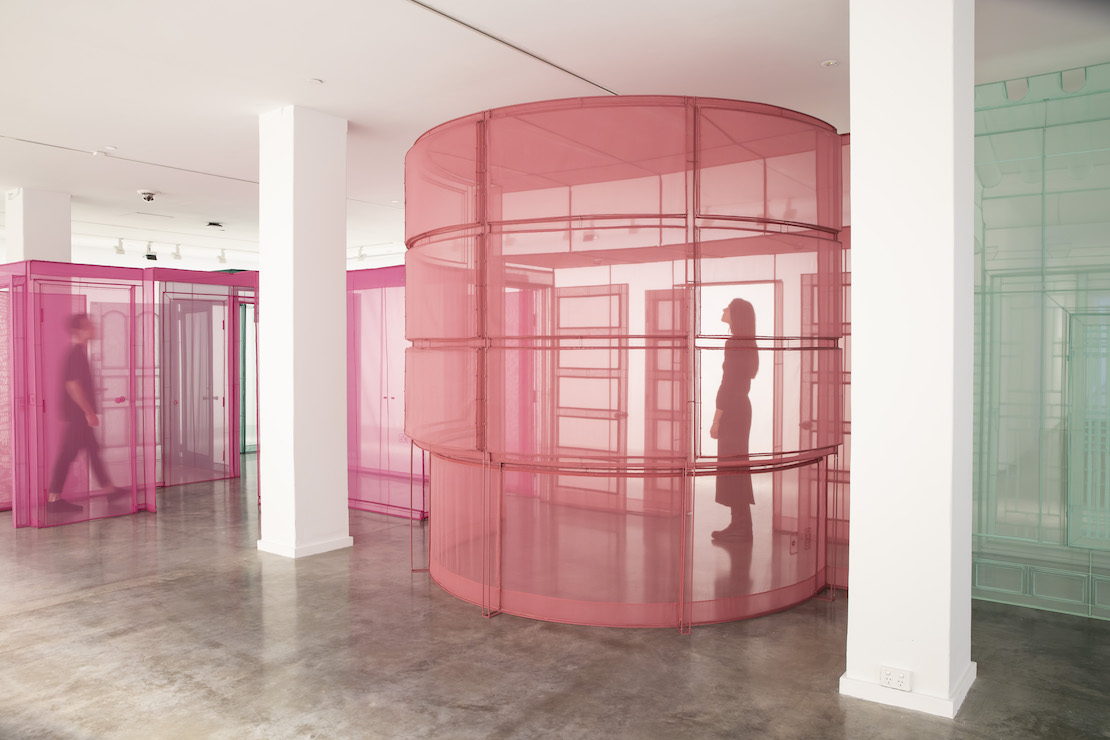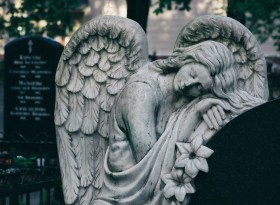For many architecture and contemporary art lovers, the whispy, evocative see-through structures of Korean artist, Do Ho Suh, are familiar. Creating pieces from fabric at a one-to-one scale, he celebrates everyday intermediary spaces – passageways and corridors, lift and stairwells – almost memorialising the journey between things, both physical and metaphorical.
Suh calls these architectural fragments Hubs – each unit a contained receptacle for light switches, door handles, window frames – each a ‘blueprint’ for a space that Suh has occupied at one point in his life.
They are the human touch points of architecture, connected with over and over in a day – what Suh describes as ‘points of accumulated energy’, where we physically connect with the building. They take on added meaning in pandemic times, where the term ‘connection’ conjures fear as well as community, loss and longing.
In a rare moment for Australian audiences, the Museum of Contemporary Art Australia (MCA) has unveiled a telescopic passage of six of Do Ho Suh’s Hubs as part of a major survey exhibition – and his first showing in the southern hemisphere.
The Korean-expat has navigated an incredible life journey, moving to New York – where he lived for about 20 years – then relocating through Europe to London, where he’s been based for about a decade now. That sense of fracture, displacement and migration are foundations to his artworks, which explore the notion of home.
Guest Curator of the exhibition Rachel Kent says, ‘We’re so focused on the outcome of our journeys, that the actual journey itself sometimes gets forgotten. So one of the things that really interests Do Ho are these intermediate spaces.’
Moving through them as a gallery visitor, there is a genuine bodily engagement as one negotiates between micro and macro detail, private and public space – a contemplative audience journey that allows our own memories and connections to surface.
This is especially so in Australia where the diasporic journey is so rich and layered, and notions of ‘home’ become complex and conflated.
Read: Your 2022-2023 summer exhibition planner
‘Migration and movement between countries, continents, language and culture has been a real bedrock of Do Ho’s life, and I think that you’ll see that articulated in all of the works on display,’ adds MCA Director, Suzanne Cotter.
Kent continues: ‘This exhibition was originally going to happen over a year ago, but with COVID delays it’s unfolding now – and I think that’s a silver lining. This is the right time for an exhibition like this, because never has there been a more pertinent time to have these conversations around home, community and the individual within wider society.’
A newly commissioned work for the exhibition, Rubbing/Loving Project: Seoul Home (2013–2022) fills the downstairs gallery and is a meticulous recreation of Suh’s childhood home in Seoul, a traditional Korean hanok house with its characteristic tiled, curved roof.
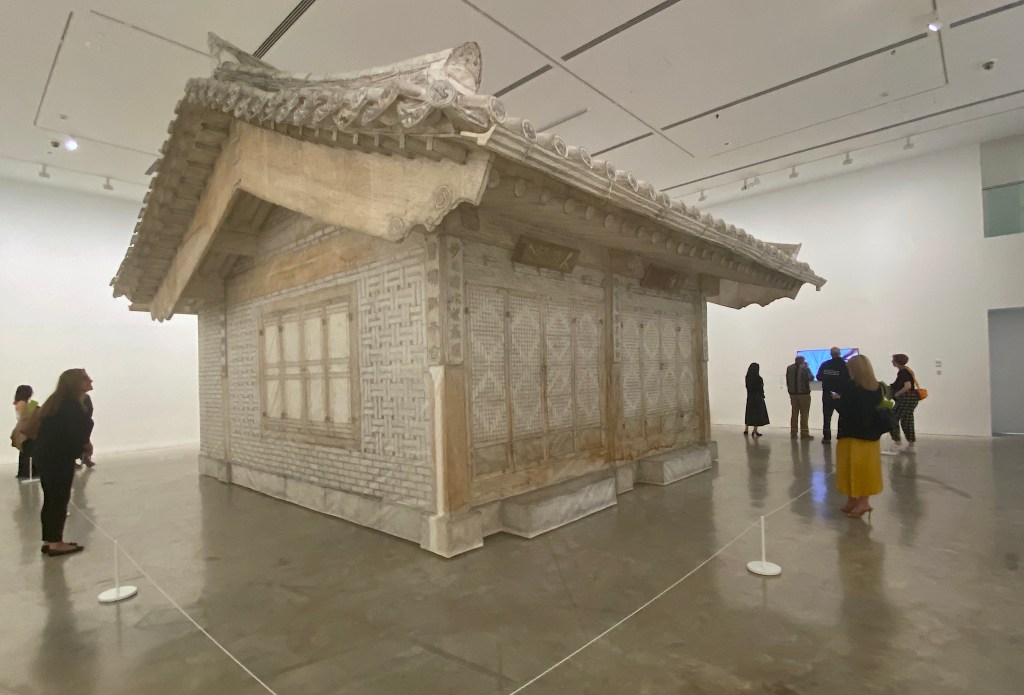
It took several years to complete the mulberry paper rubbing of the home – several of those years disconnected from his family due to the pandemic. Sitting almost ghost-like in the gallery space, it is undeniably imbued with emotion, with history, with familial connection and memory, but also containing a feeling of loss and disconnection with time-worn change.
Suh says: ‘Much of my work is taken up with the idea of how we clothe our movements through the world – through time (linear and non-linear) and place. I’m interested in survival techniques, the spaces we carry within, as well as those we occupy externally. I hope the exhibition will strike a chord at a time when we have all been forced to consider the boundaries and strictures of different spaces anew.’
Genuine interactive reach
There has been a buzz in recent years for exhibitions to engage with viewers through a kind of interactive immersion. But we are almost starting to teeter into a zone of entertainment rather than genuine connection.
Suh was doing ‘immersive’ well before it became trendy. And visitors through this exhibition can feel that difference.
The exhibition spans three decades of Suh’s work from the 1990s to the present, moving between room-sized installations to delicate drawings and film (which are particularly good). As one moves around the works, this bodily engagement with shifting scales seemingly activates us into deeper consideration.
For example, Suh’s sculpture Metal Jacket (1992–2001) comprises stainless steel military identification tags, shaped into a traditional Korean hanbok robe with outstretched arms. As viewers are lured in closer to the work, they connect with the ‘invisible’ individuals that serve.
That composite of the ‘many to make one’ – a community or nation – is further explored in a pair of digital portraits at the exhibition’s entry. While they look like blurry, nostalgic prints blown up, we learn that they are digital overlays of multiple faces from high school yearbooks to collectively describe a ‘composite’ portrait of a Korean boy and girl. Where does the individual stop and a community take shape?
I feel like a lot of what Do Ho’s always addressing, through three decades of practice, is really appropriate for this moment in time.
Rachel Kent, Guest Curator of the exhibition
These ideas are particularly resonant for our times, and an increasingly complex, digitally-profiled world where face recognition is both a safeguard and a loophole.
For the exhibition, the MCA has commissioned a custom wallpaper, Who Am We? (Multicoloured) (2000), comprising thousands of yearbook faces. From a distance it reads as a ‘neutral’ beige, unoffensive and void of character or detail. It papers two walls where the installation Floor (1997-2000) is shown – glass plate sheeting with thousands of tiny, toy figures holding it up, enabling us to walk across it. While it is a bit of a one-liner, it is also incredibly powerful, and will be a sure hit with visitors.
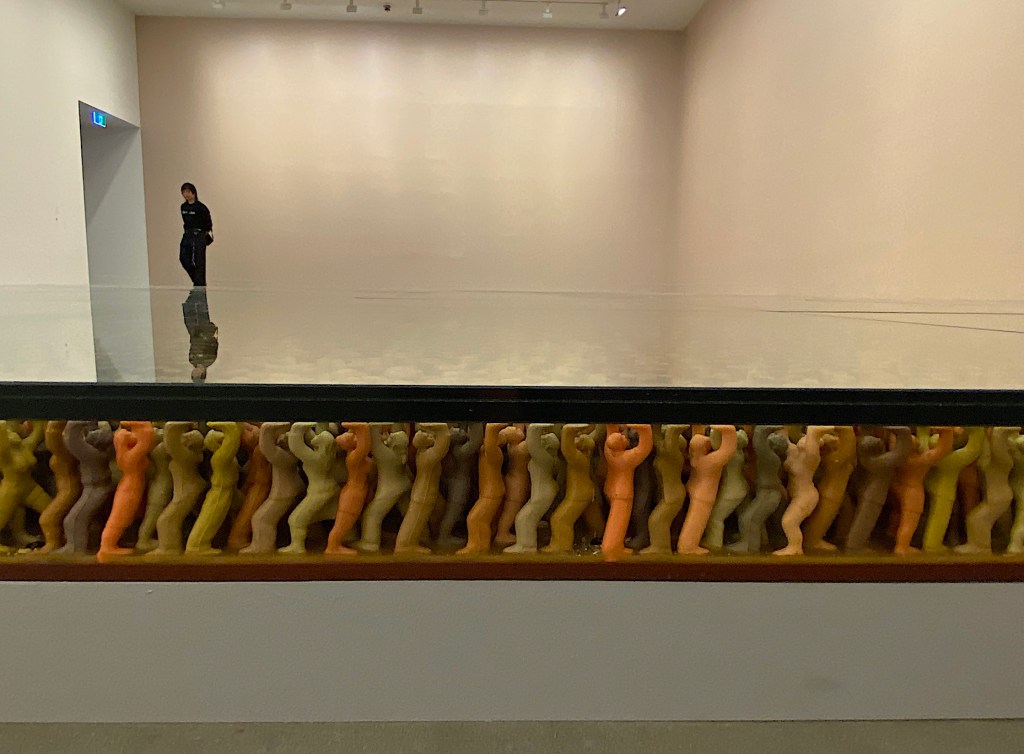
‘If the body is a vessel and the home (or artist’s studio) is its container, Suh’s works suggest the traces of a thousand lives lived, with points of intersection and divergence interwoven through,’ Kent says, adding that Suh’s works sit between the collective and the individual, ‘reminding us of our shared humanity and, equally, the fine balance between inner and outer worlds.’
The Instagram moment for this show, however, is truly signature to Suh’s globally celebrated practice. Staircase-III (2010), on loan from the Tate Collection, has been recreated to fit the MCA. Central to the gallery, a single narrow stair drops, while hovering overhead is a ceiling of red woven fabric. It casts a glow to the space that almost has a sensory warmth to it.
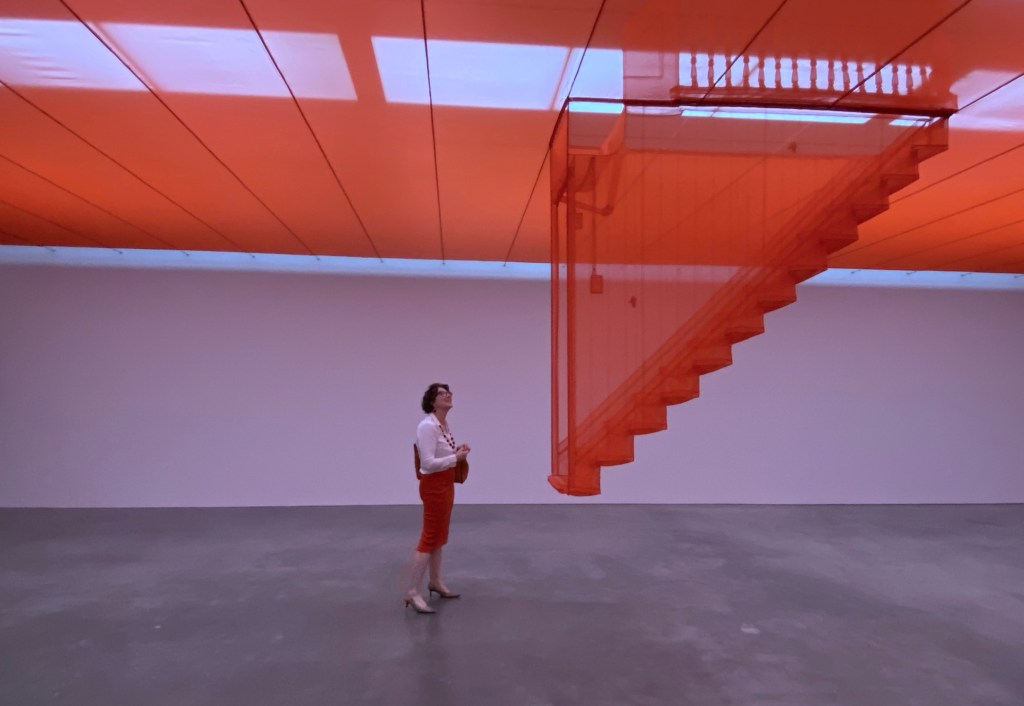
The stair stands in for a well-trodden memory – that between Suh’s apartment and his upstairs landlord in New York – effectively his adopted family for 20 years. It captures that incredibly thin veneer of being connected and yet always separated.
While this exhibition carries a biographical dimension, it is certainly universal. It is an incredible exhibition that embraces wonder without ostracising the viewer through sheer spectacular.
Kent concludes of Suh, ‘One of the things that always amazes and impresses me is his versatility, and his lack of fear in terms of experimentation … And the other thing I think that’s quite extraordinary, is that you, as viewers, are invited to walk through, around, between [his work], to take in the full scale of the experience.’
In 2001 Do Ho Suh represented Korea at the Venice Biennale and in 2018 he participated in the Venice Biennale of Architecture. In 2013 the artist was named Wall Street Journal magazine’s Innovator of the Year in Art and is represented in top museum collections globally.
Do Ho Suh is part of the 2022-2023 Sydney International Art Series.
Showing at Museum of Contemporary Art, Sydney 4 November 2022 – 26 February 2023.
Curated by guest curator Rachel Kent, Chief Executive Officer, Bundanon Trust NSW, with Megan Robson, Associate Curator, MCA
Ticketed
A special in-conversation event between Do Ho Suh and guest curator Rachel Kent will be held on 18 November 2022 at 6.30pm.

